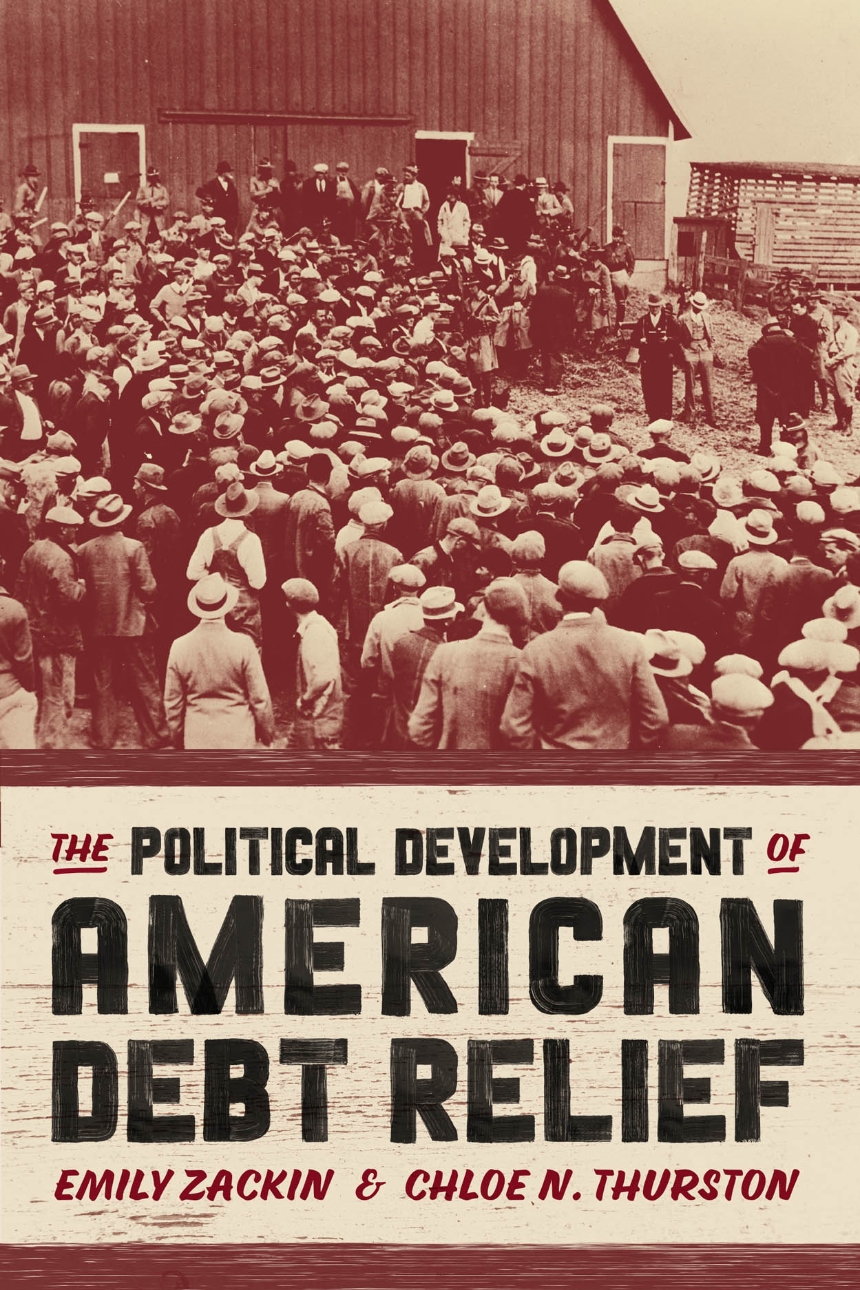Available at: https://press.uchicago.edu/ucp/books/book/chicago/P/bo215476067.html

Summary:
A political history of the rise and fall of American debt relief.
Americans have a long history with debt. They also have a long history of mobilizing for debt relief. Throughout the nineteenth century, indebted citizens demanded government protection from their financial burdens, challenging readings of the Constitution that exalted property rights at the expense of the vulnerable. Their appeals shaped the country’s periodic experiments with state debt relief and federal bankruptcy law, constituting a pre-industrial safety net. Yet, the twentieth century saw the erosion of debtor politics and the eventual retrenchment of bankruptcy protections.
The Political Development of American Debt Relief traces how geographic, sectoral, and racial politics shaped debtor activism over time, enhancing our understanding of state-building, constitutionalism, and social policy.
Commentary:
The authors describe the legislative debates leading to the passage of BAPCPA , with "[g]roups representing the borrowers who would be the most affected by such changes ... not entirely absent ..., but they were also not very present." Even from my own personal experience, this gives scant credit to the involvement of organizations such as the National Association of Consumer Bankruptcy Attorneys (NACBA), NCLC, NACA and even the National Association of Chapter 13 Trustees (NACTT), who were often fiercely engaged in these battles, going back as far as the National Bankruptcy Review Commission which led to BAPCPA, continuing through proposed judicial mortgage modification following the Housing Crash and then through the still catastrophic Student loan crisis. I would opine that speaking with these organizations would have broadened the understanding of more recent developments, including looking at recent efforts in the various states that continue to provide parallel debt relief. An in-depth history of bankruptcy policy and legislation in the 21st century (and the 1990s) has not yet truly been written.
With its attention, however, to Occupy Wall Street and its related groups, this book does point to missed opportunities for alliances between those grassroots, debtor-driven organizations and the professional advocacy groups such as NACBA. This book would have further benefit from proposing ideas for how those famously decentralized groups could better coordinate in the future with an "elite" vanguard to promote legislation more friendly to consumer debtors.
With proper attribution, please share this post.


Blog comments